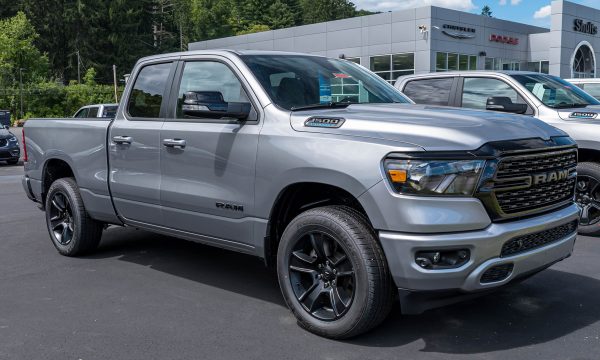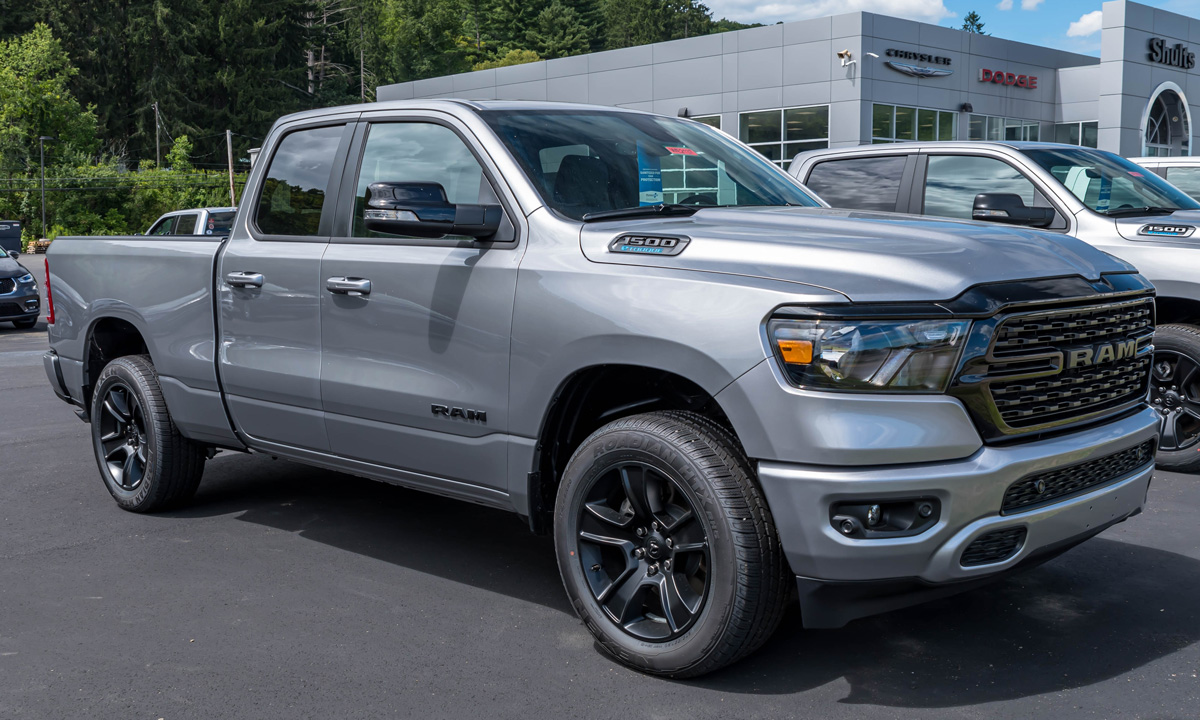In the first quarter of any given year, we are often asked by Sales Managers, General Manager and Dealer Principals alike, “What should be the focus of our variable training this year?”
The question is also designed to ignite a deeper discussion about current and coming retail trends and the opportunities that progressive dealerships and dealer groups can target in their training activities to ensure a successful year.
The following represents needed or opportune areas of variable training for most dealer groups (all can be facilitated in-dealership and customized by most training organizations):
Showroom sales processes:
“It’s hard to teach a man to fish when the fish have been jumping in the boat.”
This somewhat sums up the past three years of pandemic selling. Sales Consultants sold cars in an era of demand far outstripping supply, and as a result, often did not have to work or follow a sales process to sell a new/pre-owned vehicle. The pendulum has swung back.
As dealership inventory levels have begun to normalize (at most OEMs), competition has intensified as customers once again have choices and are not as eager or desperate.
Many Sales Consultants hired during the pandemic were not taught a sales process (arguably not needed at the time) while experienced Sales Consultants simply abandoned theirs.
Today, dealer groups are realizing that not only do they need to return to a sales process, but that it needs to be updated and streamlined to reflect what customers really want today with respect to a showroom experience.
Many pre and post-pandemic sales processes are bloated, too long, with too many steps, inefficient and laden with “old school” attitudes of hiding, omitting or withholding information.
Digital sales processes:
Up to 50 per cent of customers will email a dealership prior to visiting the showroom.
The purpose of replying to an e-lead inquiry is to either secure a showroom appointment or to continue the conversation.
As simple as this sounds, this is often misunderstood as many dealerships either provide an avalanche of information (without creating a two-way conversation) or treat e-leads as an inconvenience or worse, an annoyance.
Effectively selling more e-leads requires a disciplined digital sales process. You have a process for customers that visit your bricks and mortar dealership; you also need a process for customers that visit your digital dealership.
Metrics also need to be established to determine effectiveness. Hint; many dealerships have too few Internet Sales Consultants responding to too many e-leads.
If your Sales Consultants were meeting 5 or 6 customers a day on the lot, you would probably hire more Sales Consultants. How many e-leads should Internet Sales Consultant work with in order to maintain targeted closing ratios? Call or email me and I can provide some current industry guidelines.
Walkaround “express” vehicle presentations
The Gray Whale, the White Rhinoceros and the Siberian Tiger were once on the endangered list and have been miraculously saved from extinction.
The walkaround vehicle presentation is now on the endangered list. For decades, a walkaround vehicle presentation has been the staple of almost any showroom sales process, if not the climax and main event.
Yet over the past few years it has diminished, and in many dealerships it has vanished completely.
Today, a well-planned, informative, enthusiastic and choreographed walkaround “express” vehicle presentation can be the singular defining reason as to why a customer chooses your dealership versus a direct (same manufacturer) competitor.
It also tremendously improves the customer’s showroom experience. And yes, there are even creative (tech) approaches to facilitating dynamic vehicle presentations without an actual vehicle!
Portfolio management:
“Companies can boost profits by almost 100 per cent by retaining just 5 per cent more of their current customers” (Harvard Business Review).
During the pandemic and post-pandemic, many portfolio management processes simply vanished. Moreover, many Portfolio Managers and Sales Consultants are (admittedly) reluctant to reach out to 3 and 4-year-old customers as present-day higher interest rates, vehicle price increases and continuing inventory challenges make it much more challenging to exchange and upgrade customers into newer vehicles. “What do you mean my payment will go up $220/month?!”
We are, however, still in an era of pent-up demand. There are opportunities for positive messaging and proactive sales approaches that can bring customers forward and renew maturing ones, despite the challenges.

















